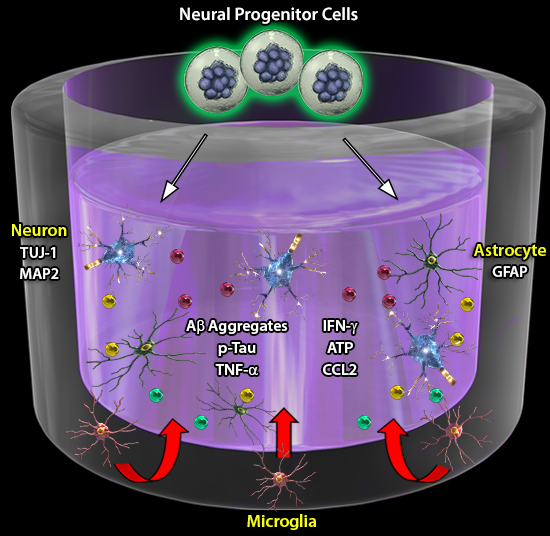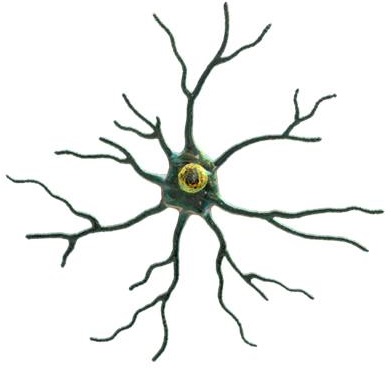In vitro models can be a helpful tool for recreating the conditions of Alzheimer's disease (AD). However, many systems fail to incorporate neuroinflammation mechanisms into their design. Park et al. designed a triculture system utilizing neurons and astrocytes, differentiated from progenitor cells, and microglia. This model exhibited key AD symptoms like amyloid beta aggregate and phospho Tau formation. Factors like CCL2 and ATP were also produced and drew in microglia from an outer chamber. Microglia then promoted inflammation and reduced the overall neuron and astrocyte count. Park et al. are hoping this improved model system provides a more accurate representation of AD development, aiding in future potential therapies. BioLegend is committed to advancing AD research by providing reagents to study cells of the CNS and identify protein aggregates in neurodegenerative diseases.

Adapted from Park, J. et al. 2018. Nat. Neurosci. 21:941. Pubmed |





 Login / Register
Login / Register 







Follow Us